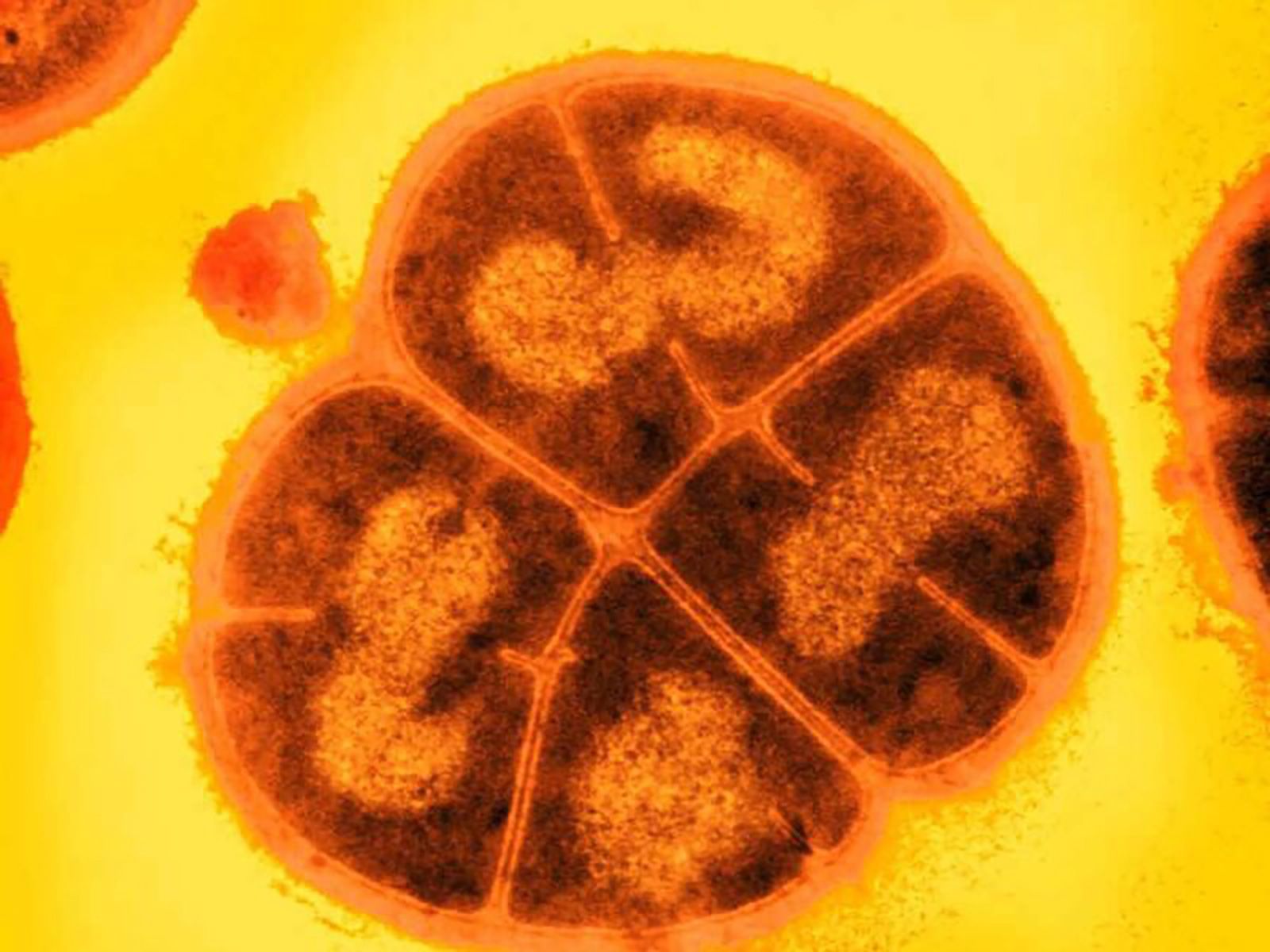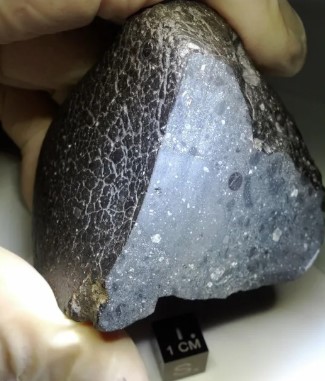In an extraordinary scientific breakthrough, researchers have discovered how Conan the Bacterium—a microorganism that can survive radiation levels fatal to humans—manages to thrive in such extreme conditions. This remarkable microbe has fascinated scientists for years due to its ability to endure high doses of radiation that would kill most life forms on Earth. Now, scientists believe they have uncovered the secret weapon that makes Conan the Bacterium so resilient, unlocking a wealth of potential for scientific and medical advancements.
The Resilient Microbe
Conan the Bacterium, formally known as Deinococcus radiodurans, has earned its name for its remarkable resistance to ionizing radiation, a form of energy that can destroy cells and DNA. What makes this bacterium even more impressive is its ability to endure radiation levels up to 1,000 times greater than those that would be fatal to humans. For decades, scientists have been fascinated by its seemingly superhuman endurance and the possibility that its survival mechanisms could have applications ranging from medicine to space exploration.
How It Survives: The Secret Weapon
So, what exactly is the secret behind Conan the Bacterium‘s extraordinary resistance to radiation? Scientists have recently uncovered a key protein in its genetic makeup that plays a pivotal role in its survival. This protein helps repair the DNA damage caused by radiation, preventing the genetic material from being fragmented beyond repair. While most organisms would succumb to DNA destruction under such intense conditions, Conan the Bacterium has evolved to not only survive but to recover and thrive.
The bacterium’s ability to repair its DNA is largely due to its specialized enzymes, which work at an accelerated rate to stitch together any breaks in its genetic code. This rapid repair process is believed to be one of the primary factors that allow Conan the Bacterium to withstand the destructive effects of radiation.
The Role of Antioxidants
Another factor that contributes to Conan the Bacterium‘s resistance is its remarkable ability to produce high levels of antioxidants. These compounds neutralize harmful free radicals generated by radiation, preventing cellular damage that would otherwise lead to cell death. By protecting its cellular machinery with antioxidants, Conan the Bacterium minimizes the long-term damage typically caused by exposure to radiation.
Potential Applications
Understanding the survival mechanisms of Conan the Bacterium could have profound implications for a variety of fields. In medicine, the bacterium’s DNA-repairing proteins could be harnessed to protect healthy human cells during radiation therapy for cancer treatment. Additionally, its ability to withstand radiation could be useful for space exploration, where astronauts are exposed to high levels of cosmic radiation. Scientists are already exploring the possibility of using the bacterium’s unique properties to create radiation-resistant materials for space missions, as well as for future applications on Mars.
The Future of Radiation Resistance
As research into Conan the Bacterium continues, the potential for developing new technologies and medical treatments grows exponentially. The discovery of its secret weapon could lead to groundbreaking advancements in biotechnology, helping humans better understand how to protect cells from radiation damage in both therapeutic and environmental contexts.
In the coming years, scientists may also look to replicate the bacterium’s defense mechanisms in other organisms, including humans. If successful, this could open up new frontiers in health, space exploration, and even the preservation of life in extreme environments.











Leave a Reply